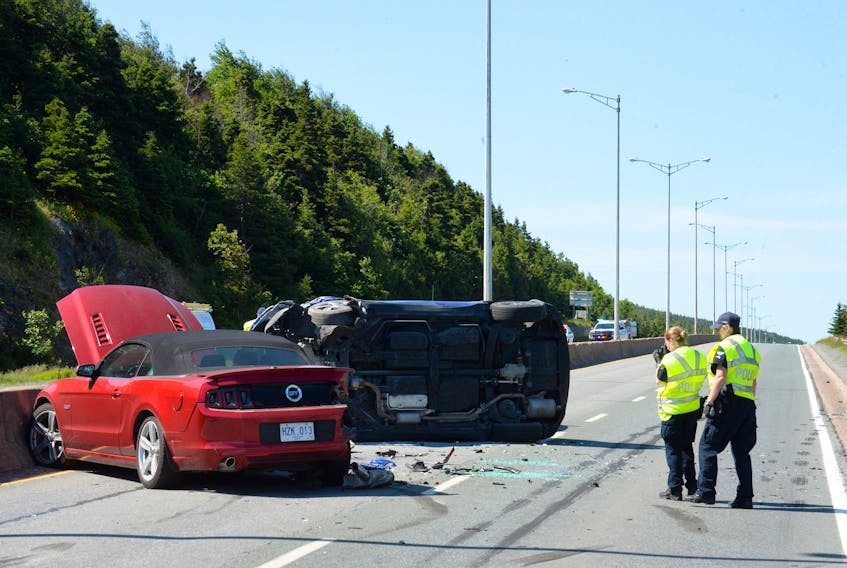What’s in a word?
Sometimes, a lot more suffering than you might ever know.
Serious but stable condition. Transported to hospital with “serious but non-life threatening injuries.” “In stable condition and remains in hospital under observation.”
You hear those words, and it’s human nature to somehow think that the person involved in the accident you heard about will be all right in almost no time at all.
They’re in hospital, being fixed.
In its own way, the language itself trivializes the severity of accidents: day in, day out, we hear about the latest vehicle to fly off the Outer Ring Road or the most recent workplace accident, followed by language that says only that those involved will live, but in the process suggests a lot more.
Because how those people will live their lives is something else again.
Accidents may not be life-taking, but they are certainly far more life-changing than the current shorthand suggests.
Accidents may not be life-taking, but they are certainly far more life-changing than the current shorthand suggests.
We all take risks: sometimes, we realize we’re driving too fast before it’s too late and slow down. Sometimes, faced with the first snow of the year (yes, it’s coming around again), we find ourselves hitting the brakes too hard and too late. But we at least deserve to have a full picture of what sorts of risks we are taking.
There are plenty of accidents you don’t walk away from, that your life does not recover from, and we shouldn’t take any kind of false security from the notion that somehow we’re just going to head to the hospital with our “non-life-threatening” injuries, and magically walk out the door a week or so later without long-lasting effects.
It’s a disservice to constantly minimize the results of accidents by implicitly suggesting they are less serious than they actually are.
Certainly there are privacy concerns: no one wants every one of the ins and outs of their medical challenges broadcast far and wide for the general public to salaciously gawp at. We’re not really suggesting that the world should be provided with detailed lists of the long-term challenges that people may be facing following an accident. But everyone should be keenly aware that a lifetime of near-constant pain is considered non-life-threatening, as is an inability to walk, return to work or even do your share of the work involved in family life. All of that can arrive in a single moment of inattention or carelessness.
In the absence of more detailed information about what kinds of “serious but non-life-threatening injuries” result from accidents, you can just take our word for it — you don’t want to experience that kind of injury.
Or, of course, you don’t have to take our word for it — ask a first responder or a family member about the outcomes instead.
You might be surprised by what you hear.








